BEING CORPOREAL AGAIN
ESPRONCEDA – Institute of Art & Culture, following its mission of international cooperation and creation of innovation synergies, participates for the second consecutive year in Ars Electronica Gardens, with an exhibition proposal that is based on two concepts, first in the challenge of the Festival: exploring new formats accessible and interactive digital platforms that create inclusive participation in an entertaining and attractive way, and second in the vision of New European Bauhaus, an initiative of which Espronceda is an official partner and that wants to generate more artistic, sustainable and inclusive forms of coexistence.
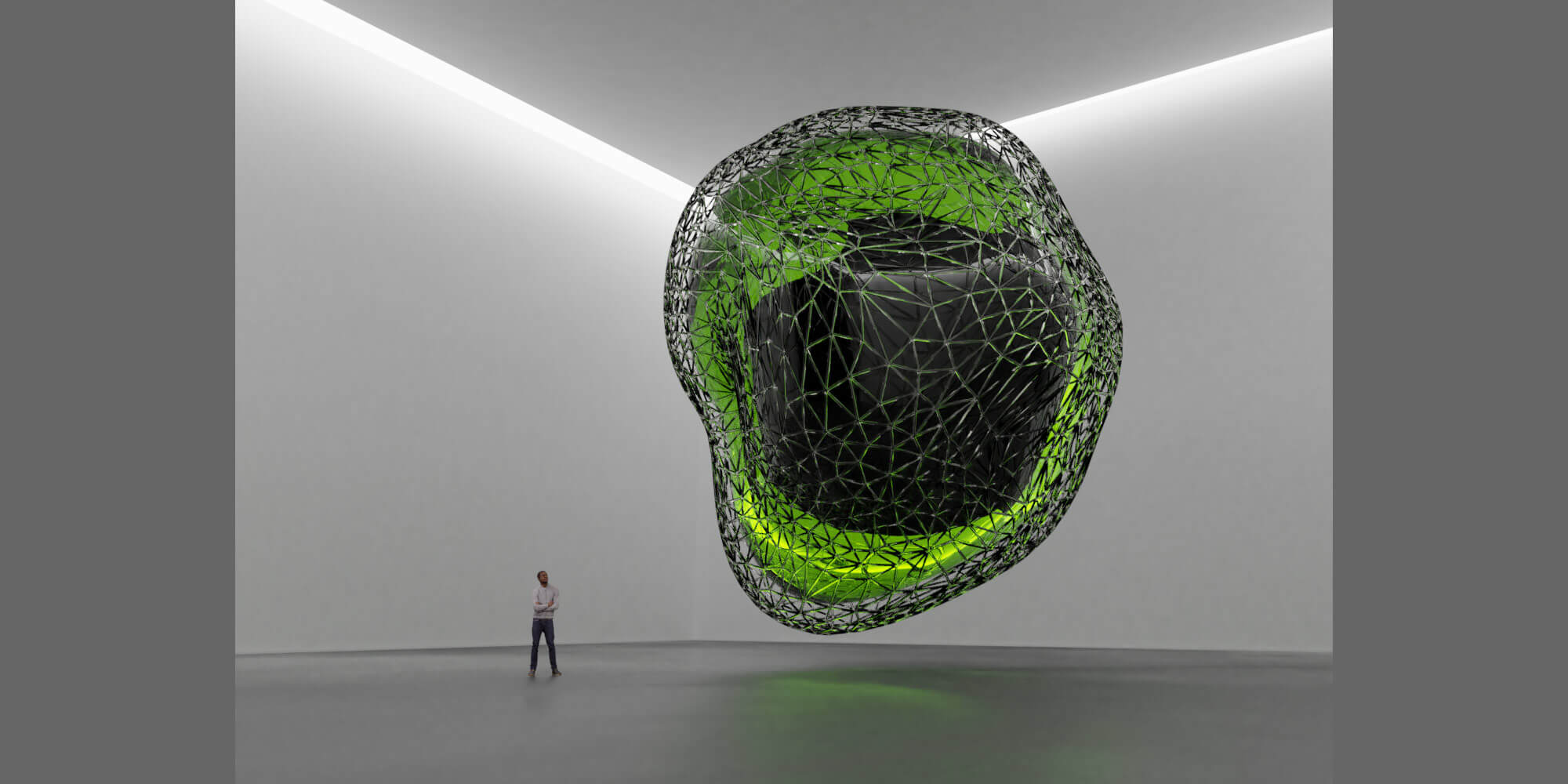
BEING CORPOREAL AGAIN, OLEA 2021 outside, Credit: Solimán López
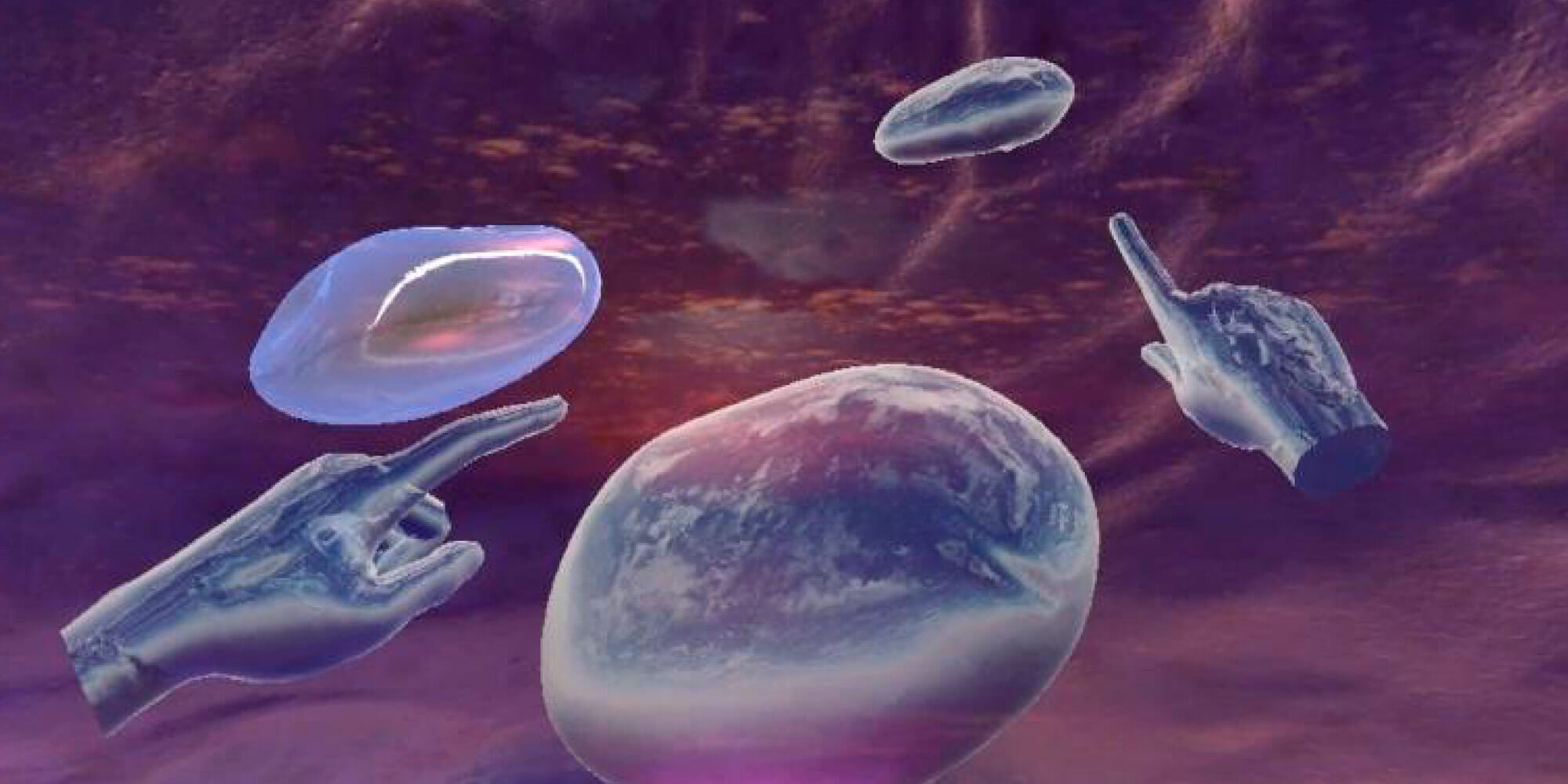
BEING CORPOREAL AGAIN, Oxitocina Machina, 2021, Credits: Lucía Redondo Rubio, Mathieu Preux, Mila Moleman, Sammie de Vries, Zalán Szakács

BEING CORPOREAL AGAIN, Theatre of inconveniences, 2021, Credits: Anirudhan Iyengar, Dominic Schwab, Helvijs Savickis, Julia Obleitner, Mathieu Preux, Nuño de la Serna Vicente
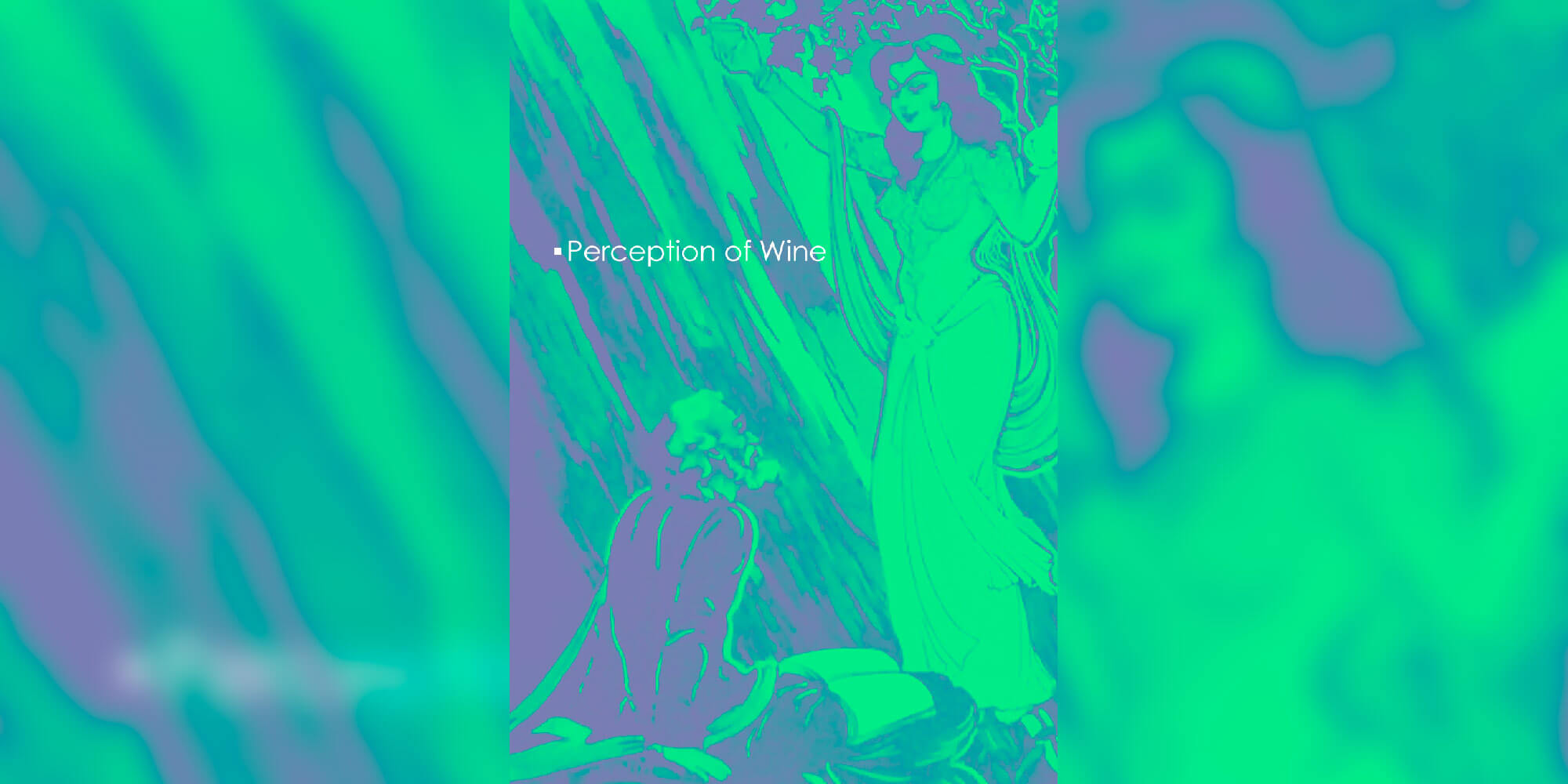
BEING CORPOREAL AGAIN, Perception of wine, 2021, Credit: Mohsen Hazrati
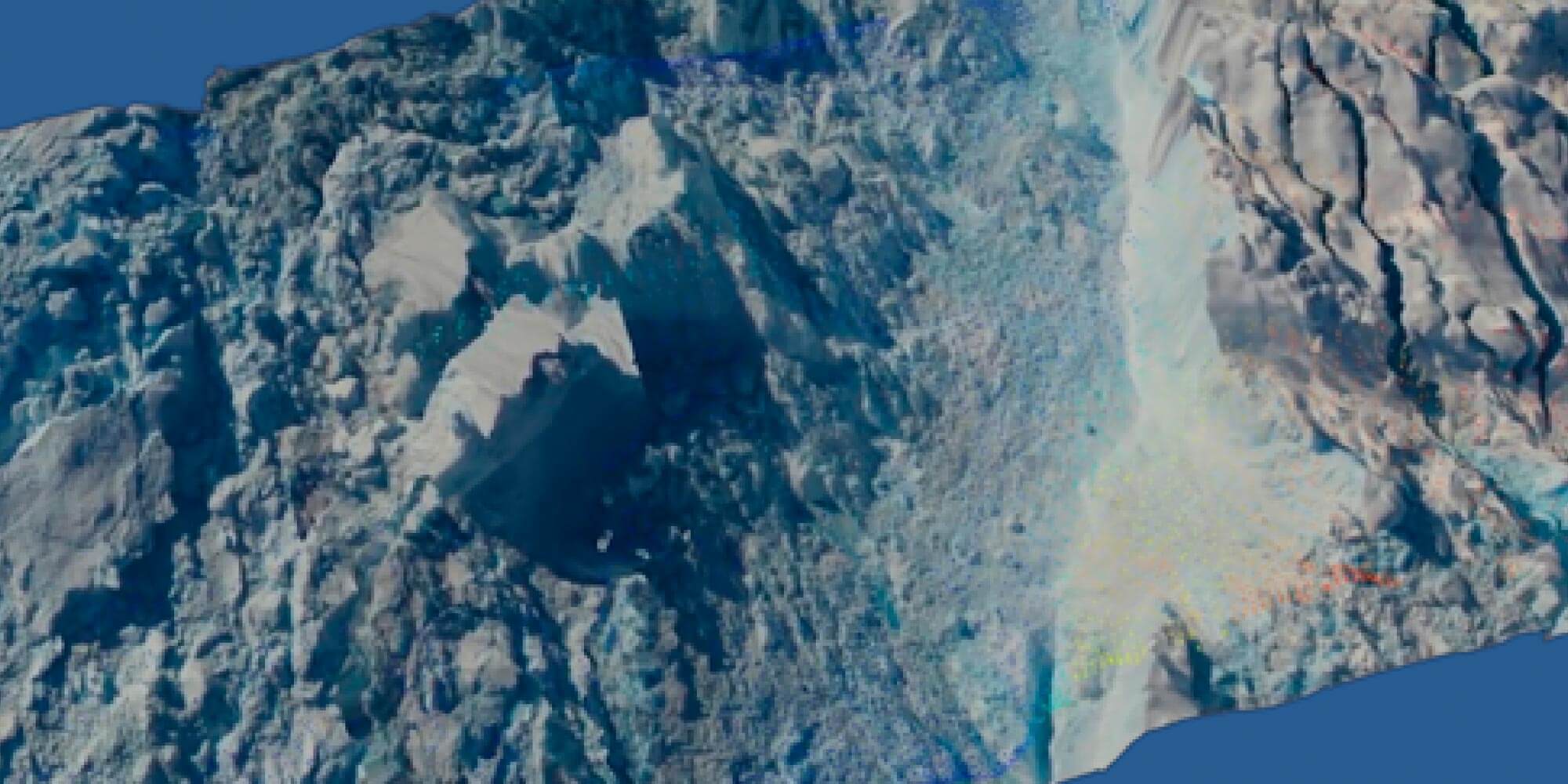
BEING CORPOREAL AGAIN, TesserIce, 2021, Credits: Clea T. Waite, Jared Christopher Kelley, Max Orozco
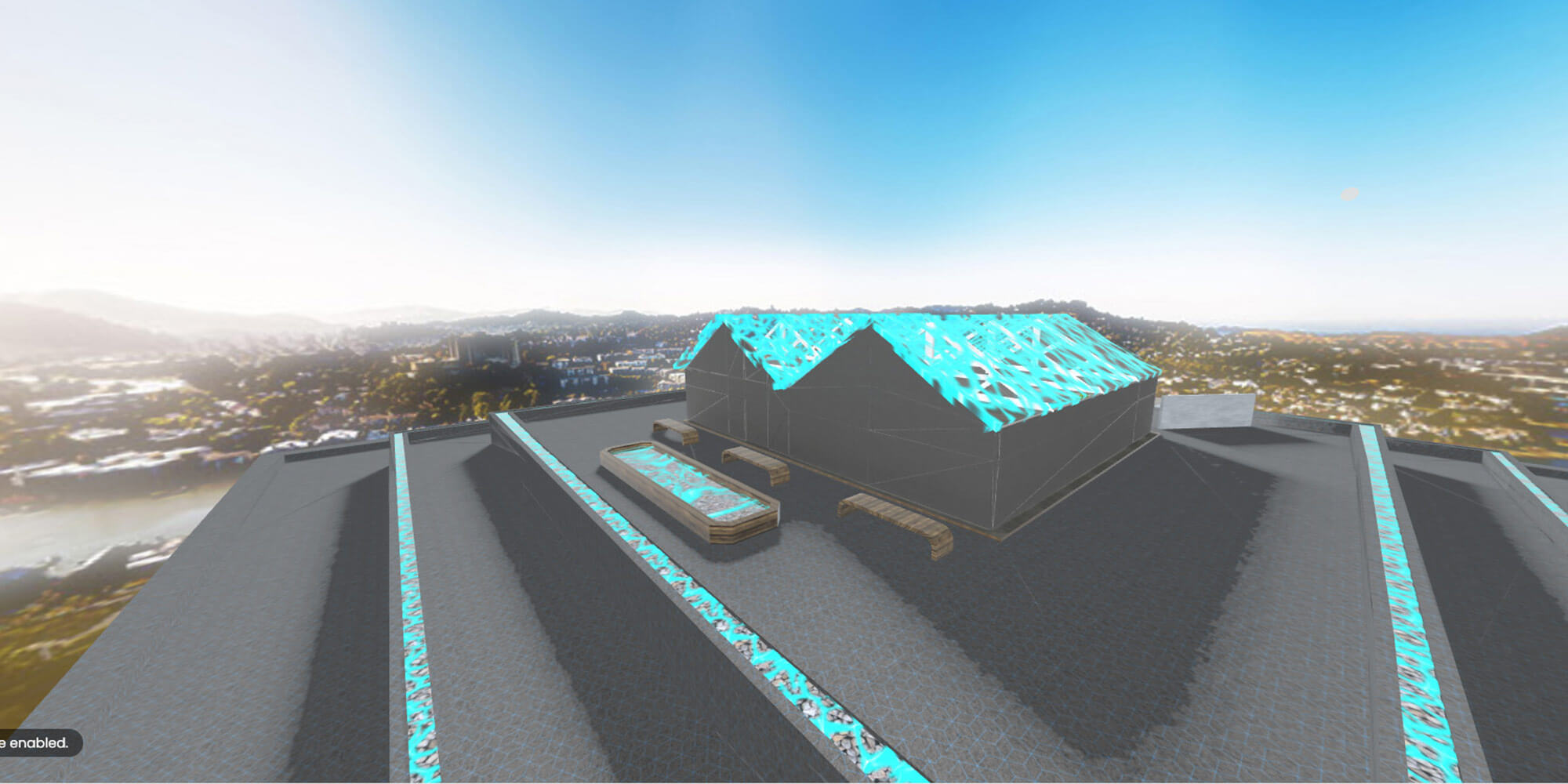
BEING CORPOREAL AGAIN, Espronceda Virtual Gallery, Credits: Solimán López, Mohsen Hazrati, Mila Moleman, Sammie de Vries, Zalán Szakács, Lucía Redondo Rubio, Mathieu Preux, Clea T. Waite, Jared Christopher Kelley, Max Orozco, Anirudhan Iyengar, Dominic Schwab, Helvijs Savickis, Julia Obleitner, Nuño de la Serna Vicente

BEING CORPOREAL AGAIN, Espronceda Virtual Gallery, Credits: Solimán López, Mohsen Hazrati, Mila Moleman, Sammie de Vries, Zalán Szakács, Lucía Redondo Rubio, Mathieu Preux, Clea T. Waite, Jared Christopher Kelley, Max Orozco, Anirudhan Iyengar, Dominic Schwab, Helvijs Savickis, Julia Obleitner, Nuño de la Serna Vicente
ZurückWeiter
The connection of the digital world with the physical and natural world, with its sustainability within complexity, is expressed in the main project of the exhibition: OLEA by Solimán López, which connects blockchain digital creation with the organic synthesis of DNA and its inclusion in the cycles of life through olive oil: health, culture and myth. This natural connection is also present in Mohsen Hazrati’s „Perception of wine“ project, augmented reality experience.
The exploration of new interactive and inclusive digital formats, telepresence and digital collective emotion is present in the IMMENSIVA project: Oxytocina Machina, an artistic multiple installation and VR that will connect unknown people in real time separated by thousands of kilometers, from Barcelona, Milan, Rotterdam and Linz.
Connected with sustainability, “Tesserice” project, latent and urgent reality of poles melting, or how we can appreciate our urban environment in a more human way under the complexity and diversity proposed by “Theater of Inconvenciences”.
All the artistic projects: installations, videos and VR of Espronceda will be digitally present in a virtual gallery on the Mozilla Hubs platform accessible by laptop or VR headset and available through Ars Electrónica’s Swapcard.
Solimán López (ES) (Burgos, 1981): Solimán López conducts his artistic production between his studio in Paris, France (UAS, Updated Art Studio) and ESAT LAB, the innovation department he runs at ESAT, Escuela Superior de Arte y Tecnología de Valencia, Spain. His work is focused on the meaning and nature of digital archives, as shown by some pieces such as the Harddiskmuseum — an art museum on a hard disk — Framed Memory Card, Host-in, Langpath or File Genesis, while more recent works, such as High Meshes, connect virtual and analog worlds through photogrammetry.
Lucía Redondo Rubio (ES) (Madrid, 1994): Lucía Redondo Rubio is an architect, dancer and performer based in Barcelona. She works with the relationships and confluences between body, space and atmospheres. Apart from contemporary and urban dance, she practices other embodied disciplines such as capoeira and physical theatre, with three plays released in Madrid and Berlin.
Mathieu Preux (FR): Mathieu Preux is a French sound designer focused on creating interactive sound with new technologies. Referring to natural patterns, his works take the form of art installations involving living human and non-human subjects. A graduate of IRCAM’s Master in Sound Design, he has a technical background in Film and Marine Biology, both of which heavily influence his work.
Mila Moleman (NL): Mila Moleman is a 25 year old VR/AI artist, currently based in Amsterdam. In 2014, she started studying Artificial Intelligence at the Vrije Universiteit in Amsterdam, where she became increasingly interested in how a digital image can change our perception of reality througha computer-generated environment. These interests were not only focused on science and technology, but also in the artistic field, so as to fully engage with her passion to develop totally immersive alternate realities.
Sammie de Vries (NL): Sammie de Vries is a virtual reality artist based in Amsterdam, who has been working at the forefront of the VR industry for the past 8 years. With a background in social psychology, script writing and acting, Sammie’s main interest is creating engaging multiplayer narratives in VR, where the players are connected through story, action and emotion. Together with Mila Moleman, Sammie founded Studio VRij, an Amsterdam-based immersive content studio established in the belief that immersive technologies should bring people together.
Zalán Szakács (NL): Zalán Szakács is a post-digital artist/researcher based in Rotterdam. His practice explores the links between historic and contemporary media phenomena, with a focus on media archaeological research translated into the medium of light and atmospheres. He sees his role as that of a mediator between technology and society, creating perceptual experiences that offer alternative technological narratives. His concepts are executed in various (hybrid) media, from site-specific installations, animations and performances to AR and VR experiences.
Clea T. Waite (US): Clea T. Waite is an intermedia artist, scholar, engineer, and experimental filmmaker whose artworks investigate the material poetics that emerge at the intersection of art, science, and technology. She has created immersive, cinematic works engaging embodied perception, dynamic composition, and sensual interfaces – as well as one inter-species collaboration with several hundred tropical spiders.
Jared Christopher Kelley (US): Jared Christopher Kelley is an artist drawing connections between digital simulations and their physical counterparts. As a child in a fundamentalist millenarian family, he was taught to believe he would live forever after the apocalypse. He has reacted to these beliefs in his work by exploring secular historic and contemporary transhumanist movements, using them as a means to sit with the unrealisable expectation of immortality.
Max Orozco (US): Max Orozco is a designer and creative technologist exploring human-centered applications of engineering. Using computer vision, AR/VR, deepfakes and IoT, his work focuses on human-computer interaction, healthcare, and creative problem-solving. Orozco’s background is in academic neuroscience, where for seven years he used MRI techniques to discover new insights into the developing brain. He’s had the privilege of working with brilliant minds in science, and he continues to apply the same academic rigour to applied research in emerging technologies.
Anirudhan Iyengar (AT): Anirudhan Iyengar is an architect, visual artist, and researcher based in Austria. A graduate of The Bartlett School of Architecture, University College London, he is enthusiastic about experimenting with space and technology to advance possibilities. His interest lies in speculative architecture, human-machine collaboration & experiential interaction design. His project Neural Kubrick’ has been exhibited in London, Moscow & Beijing.
Dominic Schwab (DE): Dominic Schwab is a speculative architect based in Vienna, Austria. He is working, teaching and researching in the dynamic field of architecture, visual culture and immersive media, by addressing the techno-philosophical questions of our future worlds. Driven by a strong interest in sonic & science-fiction, he started his studies at the Vienna University of Technology, where he earned a bachelor’s in Architecture . He holds a master’s degree in Art and Architecture from the Academy of Fine Arts Vienna.
Helvijs Savickis (LV): Helvijs Savickis was born in Riga, Latvia right after the collapse of the Soviet Union. His work deals with uncomfortable scenarios that are transformed into digital and analog speculations. He is always on the lookout for geopolitical catastrophes that have been left outside of humanity’s collective memory. He has been twice featured at the Venice Architecture Biennale with the projects “Inner Freedom” (2012) and “Digital Disobedience” (2018), the latter in cooperation with Francois Roche. He has exhibited at Ars Electronica with the project ”Time Capsule” 2015, and had other exhibitions in Berlin, Vienna, and Riga.
Julia Obleitner (AT): Julia Obleitner is an architect and artist operating between performativity, architecture, digital and real space. She is interested in territories, time, and contemporary political, ecological and urban issues. She studied at the Academy of Fine Arts Vienna and at Iceland University of the Arts in Reykjavík. In 2018, Julia received the Pfann Ohmann Prize for her Master’s Project “keimeno”, the Start Scholarship from the Federal Chancellery of Austria, and the MAK Schindler Scholarship, Los Angeles, 2019.
Nuño de la Serna Vicente (ES/DE): Nuño de la Serna Vicente is a Spanish Berlin-based media artist. Mixing multiple art disciplines with inventive ways of using technology, de la Serna creates artworks that are born from a fundamental, innocent curiosity and resonate with complex contemporary issues. His creative process acknowledges the importance of the fair use of resources and free access to information by supporting free software and open hardware, finding ecological alternatives to materials and building, and funding and using fair platforms for the community.
Mohsen Hazrati (IR) (Shiraz, 1987): Mohsen Hazrati graduated with a BA in Graphic Design from Shiraz Art Institute of Higher Education in 2012, minoring in New Media and Digital Art. His works focus on digital culture, new aesthetics and the integration of these two issues into the Shirazi culture and Iranian mystical literature. He has exhibited at Transfer and Babycastles Gallery, New York; Telematic Media Arts, San Francisco; V-Gallery, Tehran; ESPRONCEDA Institute of Art & Culture, Barcelona, among others.
Credits
Curated by Alejandro Martín (ES). ESPRONCEDA – Institute of Art & Culture
Supported by:
Institut Ramon Llull, ICEC-Generalitat de Catalunya, Ministerio de Cultura y Deporte, Ajuntament de Barcelona, Foro Cultural de Austria, German consulate in Barcelona.









